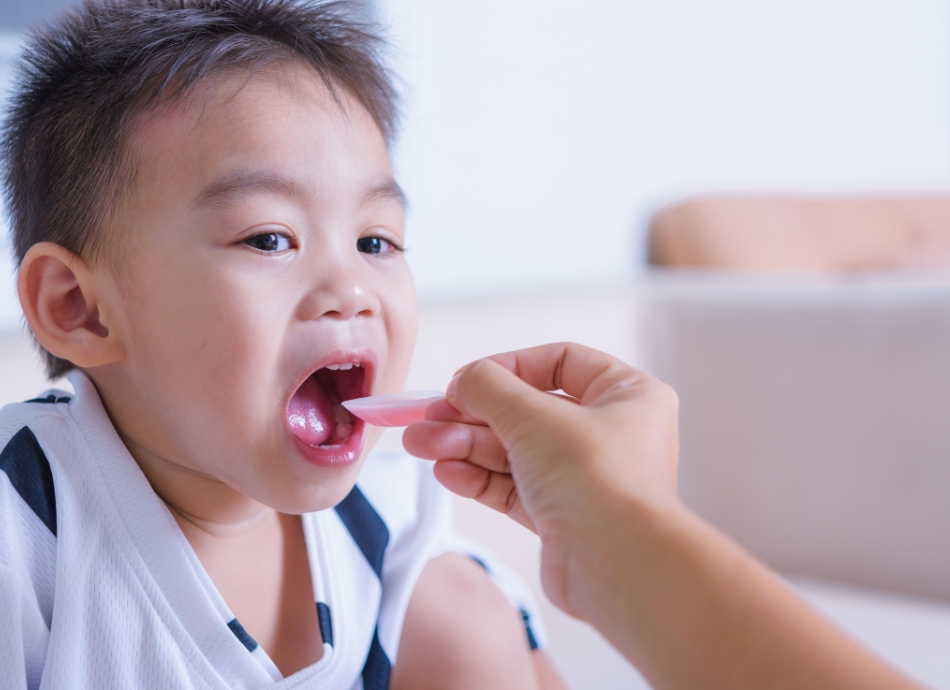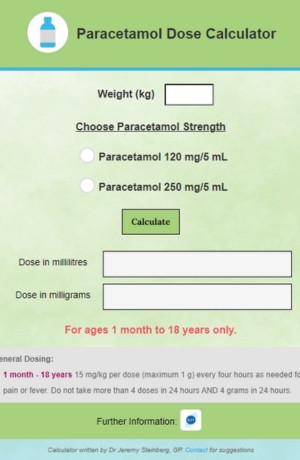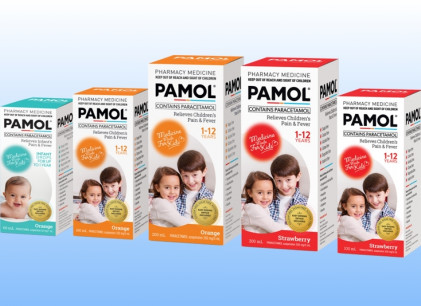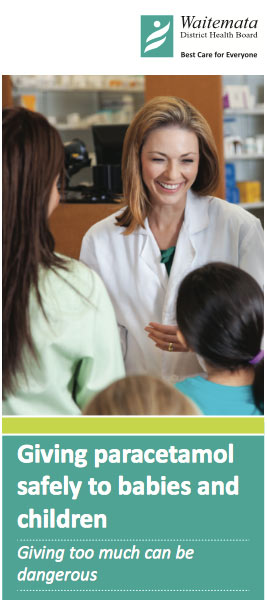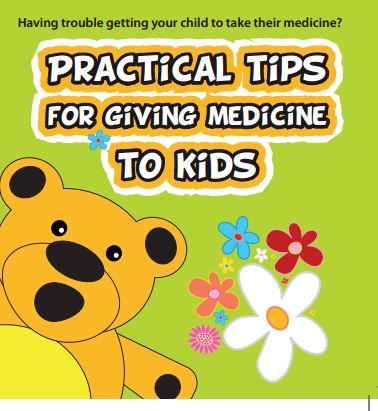The video below has tips and advice on how to give paracetamol safely to children.
Video: Safe use of paracetamol for children
Note: In the video it says not to give paracetamol to your tamariki before or after vaccination. The exception to this is if your child is being given the Bexsero vaccine. Read more about giving children under 2 years old paracetamol before and after the Bexsero vaccine to reduce the risk of high fever.
(Health Navigator Charitable Trust, NZ, 2018)


